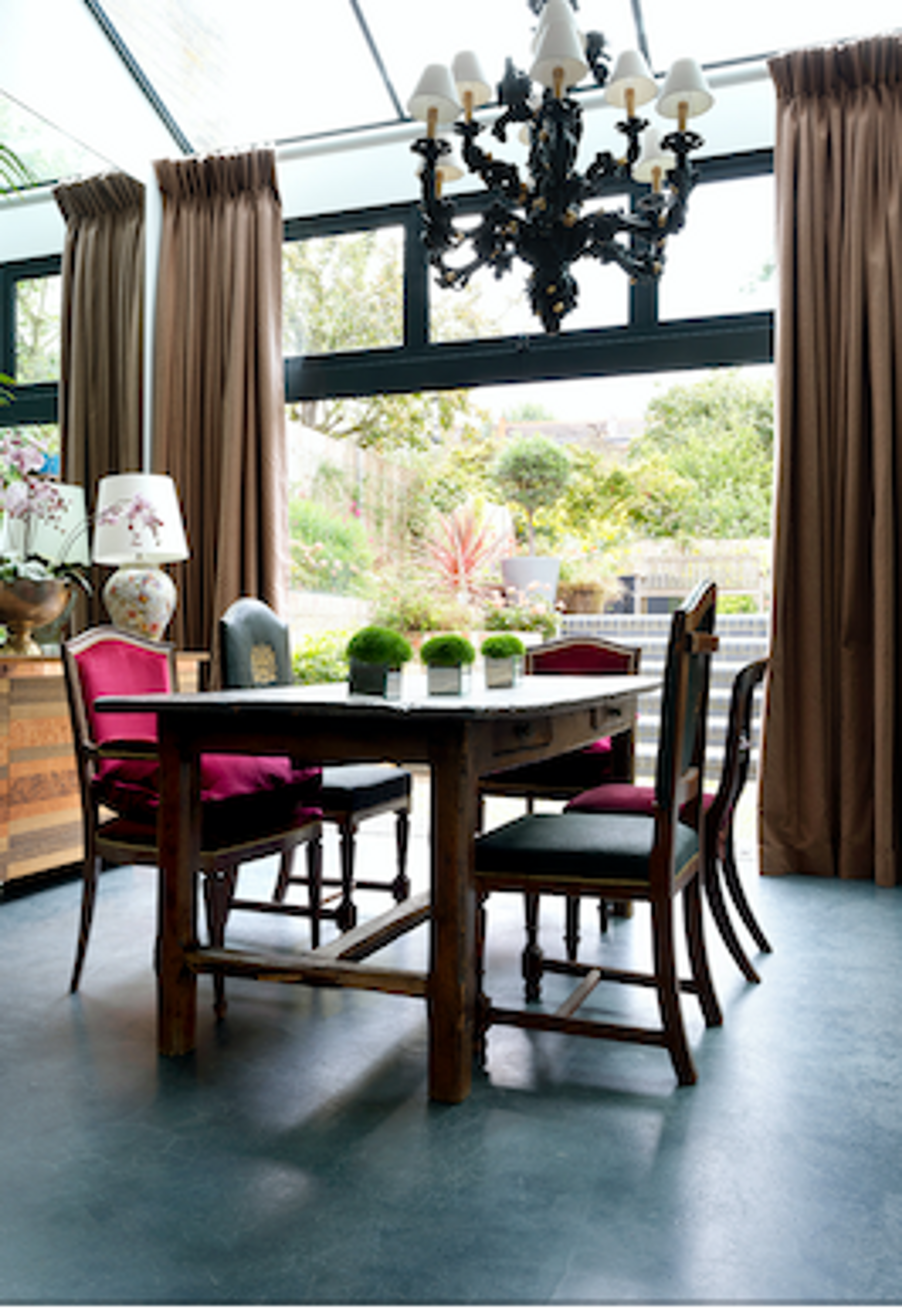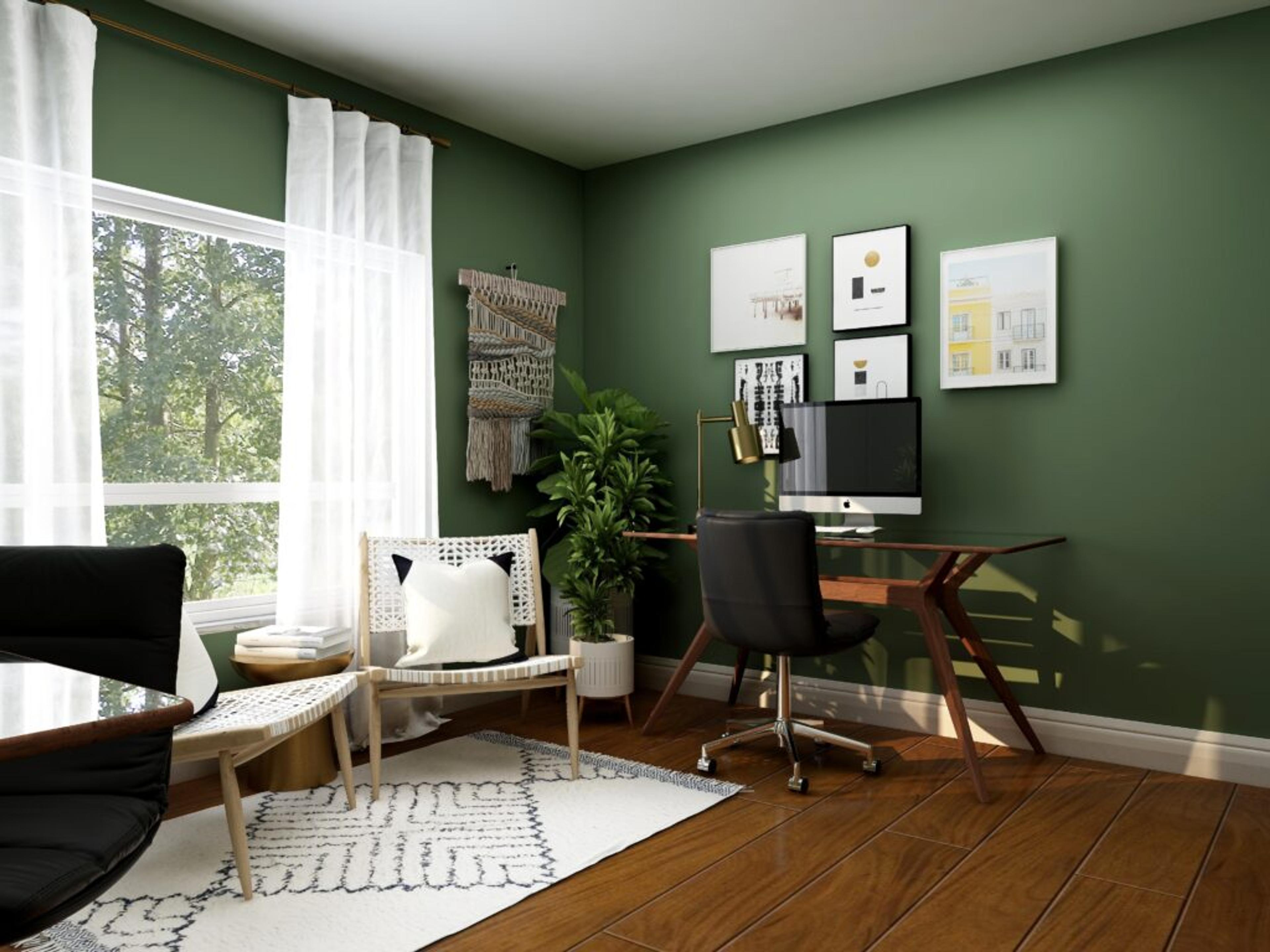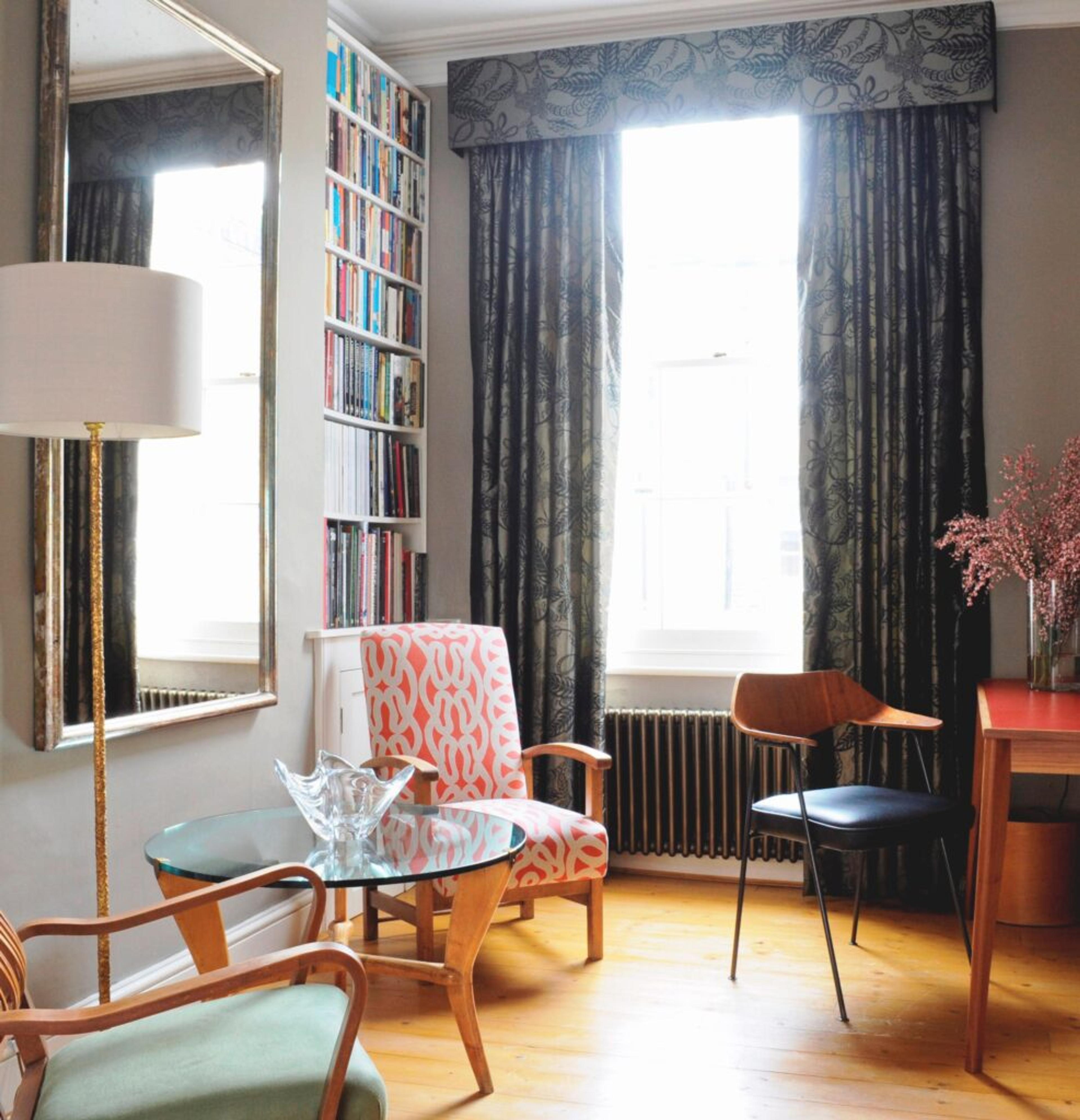What 12 months of stay-at-home has meant for interior design trends
One year since the first ‘stay at home’ directive was issued, and the home has become the centre of life, work, education, entertainment, exercise and more – leading to an interior design and renovation boom.
British Interior designer, Benji Lewis, founded his bespoke virtual interior design advisory service Zoom That Room, in response to the world changing, and has seen fundamental shifts in what we expect from our homes. Our living space has played a pivotal role throughout the pandemic, we have been forced to spend more time at home therefore interacting with our design choices and transforming our homes to adapt to a variety of functions whether it’s an office, gym, classroom or nursery. Lewis shares his key observations of the last 12 months.
1. Video interaction: Zoom backgrounds say a lot about you
World leaders, film stars at awards events, the Royal Family and all of us at home are united by the fact that everyone can see inside our homes and make impressions based on décor decisions. Ensuring online interactions are slick and professional are a daily challenge. Everyone knows that you’re likely sat at the kitchen table or in a home office, but this doesn’t mean that your backdrop should let you down. Creating a space to be seen in, albeit online, has become a hugely interesting concept. The key to maintaining standards with online appointments is to ensure you’re sitting comfortably, that you have your angles sorted, you’re well-lit and in front of a backdrop that looks appropriate for the meeting you’re involved in.
My advice to clients is to try and be sure to adapt their backdrop to suit the mood or tone of the Zoom call attendee. People pick up on visual messages and if you convey the message that you’re in control, video call participants will respond positively to that. For example, if you’re on a virtual work appointment but seated in your downtime space, then curate the backdrop so that you nevertheless look in charge of things. Clearly when you’re on a Zoom call with your buddies then bring on the beach backdrop and pop on the sunglasses but make sure the party stuff is well out of the picture when the boss calls.
2. Workstation creation: seeing the light to better productivity
The manner in which we set-up our homes has similarly needed quick attention – the integration of efficient work stations being a key factor for consideration – within spaces where we might usually relax and entertain.
We have all had to rethink our homes and address a total change in how we live and work. Sorting out details such as task lighting, sensible storage and proper seating to minimise the risk of sore backs is important. While a workstation would ideally have good – natural, if possible – light, there needs also to be the possibility for fantastic task lighting. We need clarity in our lives, both in the luminous sense and in the sense of wellbeing.
3. End of open plan: the importance of being able to create clear division between work and relaxation areas
Open plan is great for entertaining, not so great when different people need to work in one space, be it on calls or zoom school lessons. To be productive, everyone needs their own zone, preferably with minimal interruptions. Rooms that were once given soley for entertaining are now being commandeered into great work-life spaces. Whilst looking efficient in your new improvised workplace is clearly key, do bear in mind things like acoustics. If echo is an issue then consider ways to soften this, by introducing window dressings, or a rug. The message really is not to concentrate purely on the practical but to explore ways of softening the edges also so that when you engage on your virtual calls the impression is as smooth and polished as it can be.
Zoning areas within the home, ensuring that you maintain spaces for relaxation is important. That might be as simple as more soft cushions on the couch for the evenings and more ambient side lighting, but creating a delineation between work and relaxation is hugely important for our wellbeing.




4. Multifunctional spaces: repurposing entertainment areas, and creating new places to socialise
Outside space has become a real premium, especially as soon as socialising in gardens will be permitted again. Whilst we have been unable to meet people inside our homes, we’ve paid increased attention to our gardens and terraces. Not only do we need to feel fantastic in our homes, we’re looking for the same level of attention outdoors too.
Unquestionably a beautiful garden on a summer evening allows for a fantastic backdrop for social video calls, but what’s become clear is that clients want also to enjoy their outdoor surroundings for themselves too. I’ve found that my role as an interior designer has become one of garden/lifestyle stylist too. Whilst I am not a landscape designer, I certainly take the view that the same thought processes for arranging interior spaces, can be applied to the exterior also; sorting out comfortable seating with occasional tables where you might want them, moving from a lounge type space to a dining area and giving thought to ambient lighting too. The idea of the home as a whole – the indoor/outdoor thing – has really come into its own.
5. Falling in love with our homes: investing and exploring to find enjoyment
People are falling back in love with their homes and they’re right to do so; time at home has increased exponentially and even some small upgrades and an edit of existing items make such a difference. I urge all my clients to consider their domestic set up not just in terms of ‘good taste’ but really as something more than that – a place and space where you really couldn’t be happier because every sensory perception is being stimulated – smell, sound, taste, touch and vision. For some, this might mean simple touches like new lighting or sofa cushions, whilst for others it’s a full room revamp. Making people feel at their very best in their home is my priority, and it’s never been more important than it is right now.
6. Household edit: repurposing and renewing life into homes
Re-designing and re-thinking elements of your home does not necessarily mean a virtual trip to posh shops, and that everything has to be brand spanking new. Given the environmental message we’ve long been presented with I urge clients to bear in mind an eco-friendly approach, one that can really bring to life a space that previously felt forgotten with pieces they already own. I suggest this via the re-dressing or re-thinking of items and possessions they currently have and were possibly tiring off. I suggest that they adapt these or move them around to view them in a new light and enjoy them all over again. Consider a review on ambient light – table lamps etc, move artwork around, add scatter cushions or change a paint colour. There are all manner of ways to rethink, overhaul and edit existing things to make a change and achieve a new and exciting look.
7. Relocation, relocation, relocation: the work-from-anywhere
With less requirement to live near to train lines with fast intercity connections, and people needing their homes to work in new ways, for some relocation has been the answer. This hasn’t just meant moving to the country, it can also mean moving overseas. Via my new online business – Zoom That Room – operating a design consultancy via a virtual platform has burst open a whole new world to me. Being unbound by geography, I’ve had requests for meetings all over the world, and am currently engaged on design work for projects across the UK and as far afield as Los Angeles via Paris and the Pyrenees.
Zoom That Room is a contact free, bespoke design offer. A one-hour home consultation costs from £90 per zoomed room or outdoor space. Via which ever video communications platform you choose (FaceTime/zoom etc), you can dial in with Benji and discuss your interior design issues and aspirations in return for tailored advice for you and your home, including how to repurpose and recycle existing items.
Since creating and launching Zoom That Room, Benji has conducted multiple virtual bespoke consultations. These range from simple advice to the start of significant refurbishments. Since lockdown, he has zoomed rooms and outside spaces for individuals in the UK, US, Paris and Sydney.


Comments are closed.